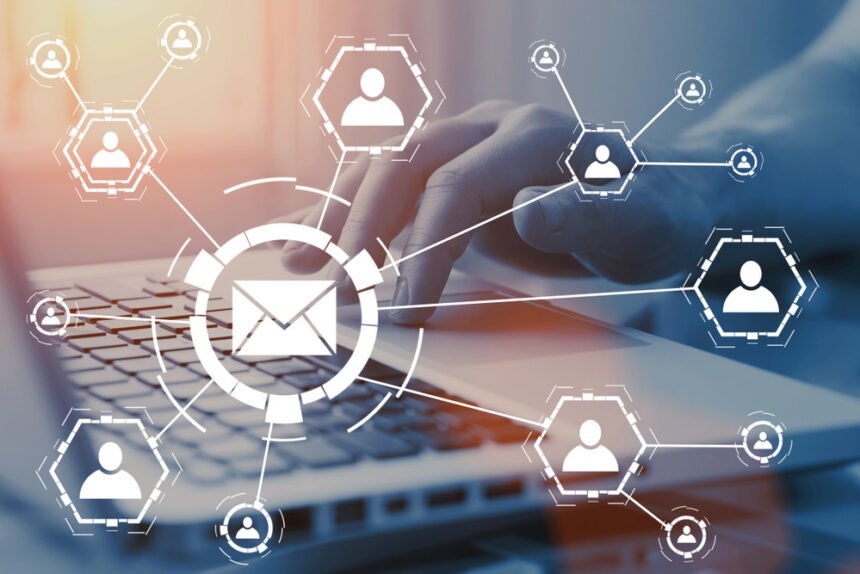Email has proven to be a remarkably resilient marketing medium. The ROI of email marketing can be up to 4,400%. However, email marketing is also rather complicated. Businesses that depend on email marketing need to take advantage of various types of technology to leverage it effectively.
We have previously written about the benefits of data driven marketing, but wanted to focus more on the benefits of machine learning as well. Machine learning is one of the technological advances that has played in important role in the evolution of email marketing. Savvy email marketers use machine learning for a variety of purposes. One of the biggest benefits is list segmentation.
Email list segmentation strategies have their limitations without machine learning
A variety of experts have talked about the benefits of machine learning in marketing. Neil Patel addressed ideas for ecommerce marketers to use machine learning in one of his recent posts. However, the benefits of machine learning in email marketing are even more compelling.
Alongside business email templates, list segmentation has always been one of the most important elements of any email marketing campaign. List segmentation could be conducted in a variety of ways. Some examples of segmentation strategies are discussed below.
The primary segmentation strategy involves creating separate mailing lists for people looking for specific products. For instance, a clothing company might have separate landing pages for various product categories, such as shoes and shirts. These category pages might have links to more specific product pages. The page for shoes might have links to pages about athletic sneakers or high heels.
Pages about specific products could have email opt-in forms. This would allow the brand to send targeted emails about the specific products the customer was looking for.
Demographic segmentation is another approach. Advertising platforms like Facebook enable brands to reach very intricately targeted demographics. They can tailor their ads to urban women with college degrees between the ages of 18 and 35, for example. They can create campaigns that drive specific demographics of users to landing pages developed specifically for them.
Both of these segmentation strategies have shown strong potential for brands that engage in email marketing over the years. However, they have their own limitations as well.
Machine learning has opened new doors for companies to improve their list segmentation strategies. This could help give them a greater competitive edge.
How does machine learning improve the effectiveness of email list segmentation?
The two segmentation strategies listed in the section above are the two most commonly used. However, there are other ways to segment email lists. Another option is to segment lists according to user behavior. This is where the benefits of machine learning become far more evident.
MarketingSherpa conducted a study on behavior list segmentation. They found that brands had much higher email marketing conversion rates when they segmented lists based on a series of actions that users took over the lifetime of the funnel.
The obvious downside of behavior list segmentation is that it is trickier to identify relevant behaviors and correlate them with conversion rates. Fortunately, email marketing automation tools have highly intricate machine learning algorithms in place. They can identify these behaviors more easily, which makes list segmentation much straightforward. Machine learning algorithms can also automate the segmentation process, which reduces the risk and workload for marketing professionals.
Here are some of the triggers that behavior list segmentation algorithms might look for:
- Customer engagement with personalized content. Content personalization is a very prominent part of modern marketing. However, not all customers appreciate personalized content. Machine learning algorithms can determine engagement rates with personalize content, which might be an important variable to consider with email list segmentation. The machine learning algorithm can place users on email lists that don’t have personalized content, which might bolster their user experience.
- The machine learning algorithm can identify different offers that the user has clicked on or hovered their mouse over. In the absence of clear signals about the products they are looking for, this data could help with List segmentation as well. Users could receive email notifications about webpages that they visited or offers that they clicked on.
- Users can be segmented based on engagement with the email funnel. This is one of the benefits of using analytics in email marketing. Some users could be put on new lists if they haven’t opened emails in a while. This option has been available for a long time. However, machine learning creates the opportunity for more nuanced behavioral segmentation. Users can also be segmented based on the time of day that they open emails, which allows you to time emails based on when they are most likely to read them. This is an option that was not possible before machine learning became more widely used.
Machine learning is becoming more critical to the future of email marketing. Marketers will need to use sophisticated machine learning tools to segment users based on their behavior. This could considerably increase their conversion rates.











